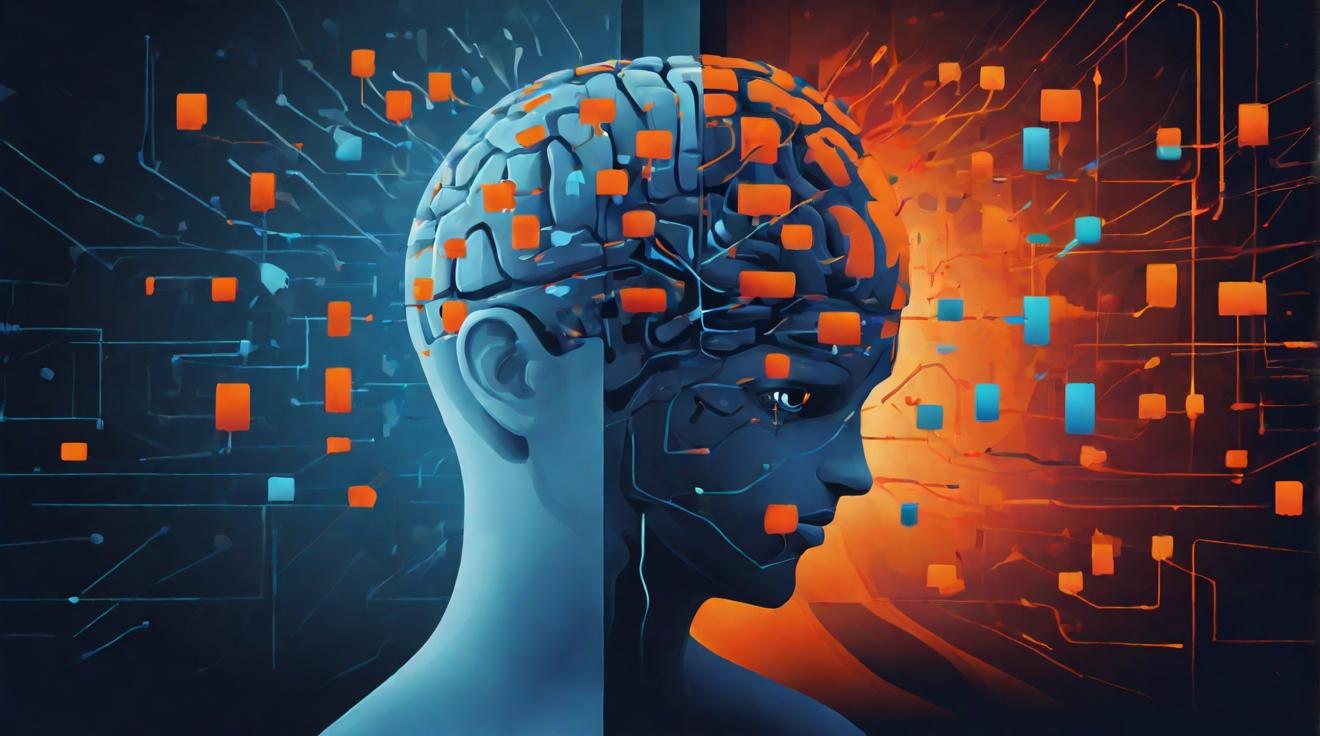Robot Avatar Lets People See and Feel Things Remotely through VR
A humanoid robot developed by the Italian Institute of Technology allows individuals to experience events without physically attending.
Advancements in Robotics and Virtual Reality
The iCub 3 robot, equipped with advanced sensors and cameras, offers a groundbreaking solution for remote participation in events. By wearing a VR headset and haptic feedback gloves, individuals can control the robot’s movements and experience the surrounding environment as if they were physically present.
The combination of robotics and virtual reality technology has paved the way for immersive remote experiences. The iCub 3, weighing 52 kilograms, stands at 125 centimeters tall and has 54 points of articulation. Its cameras relay real-time video footage to the remote operator, while the sensors on its body capture touch sensations. These sensations are then replicated on the suit and VR headset worn by the operator, enhancing the feeling of presence.
Bridging the Gap: Translating Signals for Real-time Interaction
To ensure seamless interaction between the remote operator and the robot, all signals and numeric data are carefully translated and transmitted through the network. Stefano Dafarra, a member of the iCub 3 team, highlights the importance of capturing and transmitting visual footage with minimal delay. Although there may be a small delay of up to 100 milliseconds, operators can adjust their movements to compensate and maintain a sense of real-time interaction.
Remote Attendance and Limitations
During a demonstration at the Venice Biennale, the iCub 3 successfully navigated through an exhibition while its operator stood 290 kilometers away in Genoa. This breakthrough technology opens up possibilities for remote attendance at events, reducing the need for travel. However, there are still limitations to consider. Dafarra acknowledges that the robot is susceptible to damage from falls, and it remains uncertain if it can autonomously regain its balance.
Expert Perspectives and Transmission Requirements
Experts in the field of robotics have praised the advancements of the iCub 3 robot. Jonathan Aitken from the University of Sheffield, whose laboratory owns a previous version of the robot, recognizes the clear advantages it offers and its potential for remote event participation. Aitken does, however, express a desire for further clarity on the data transmission requirements of the new robot. Understanding the amount of data required and its upper and lower limits would provide valuable insights for future development.
In conclusion, the iCub 3 robot represents a significant milestone in the fusion of robotics and virtual reality. With the ability to transmit video and touch sensations in real-time, individuals can attend events remotely, expanding opportunities for participation and reducing the need for physical presence. While limitations exist, the potential of this technology will undoubtedly shape the future of remote experiences.
Analyst comment
Positive news.
As an analyst, the market for remote attendance and virtual reality experiences is likely to grow as advancements in robotics and virtual reality continue. The iCub 3 robot’s ability to provide real-time video and touch sensations will attract interest and drive adoption in various industries, such as entertainment, education, and remote collaboration. However, further research and development are necessary to overcome limitations and improve user experience.













